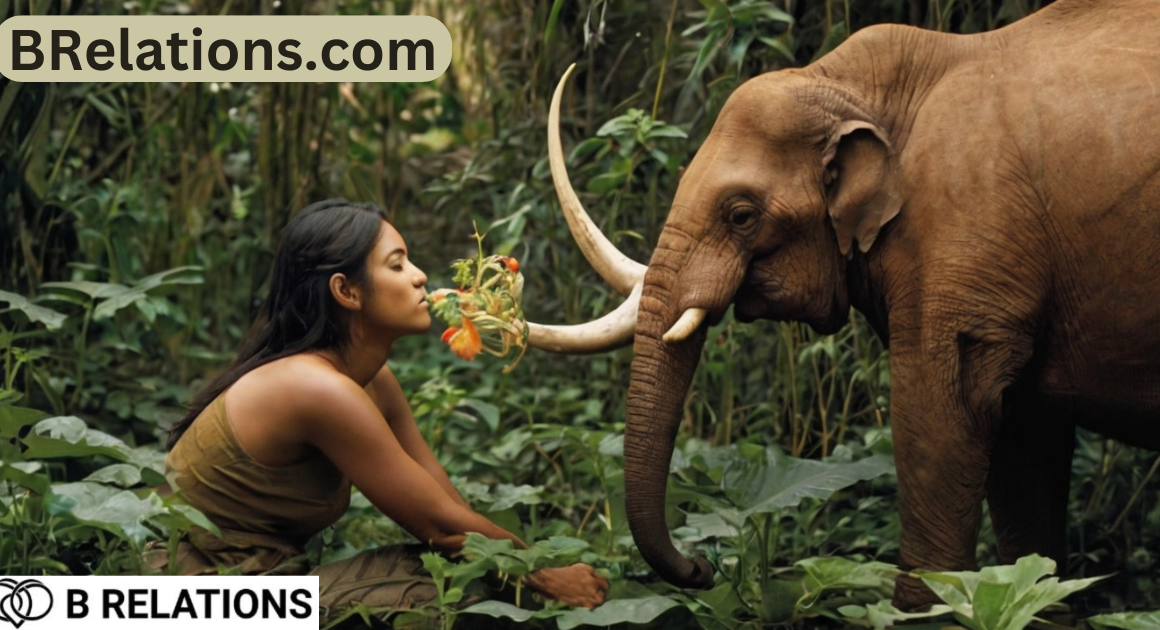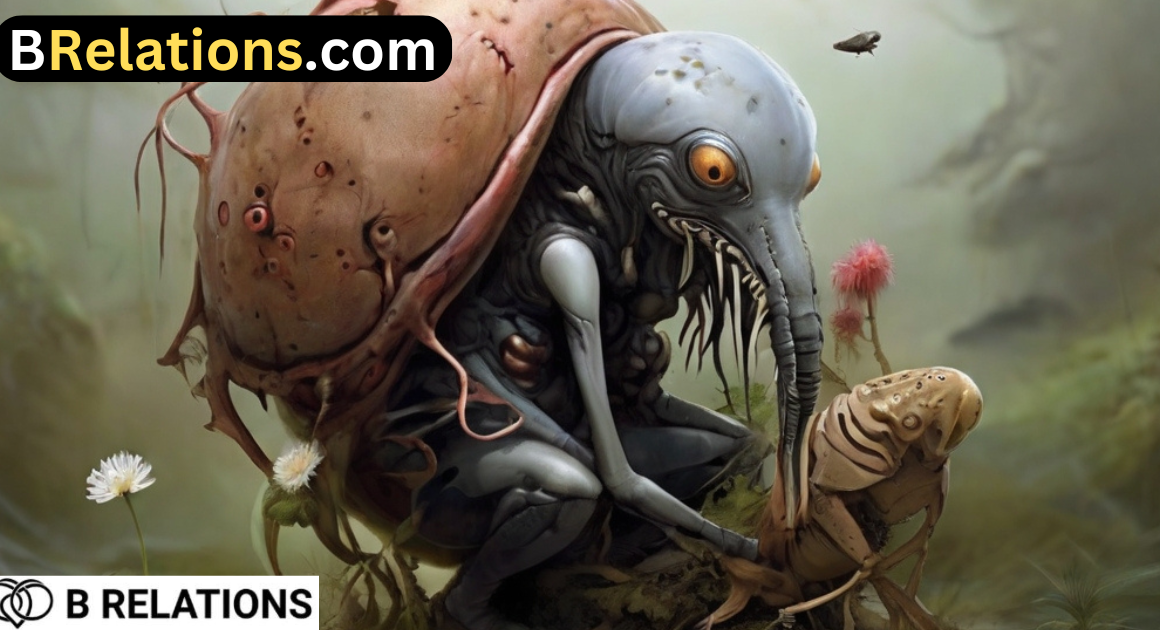In the intricate tapestry of nature, there exists a fascinating phenomenon known as symbiosis, where different species form close, long-term interactions that benefit one or both partners. From the depths of the ocean to the vast expanse of the rainforest, symbiotic relationships play a crucial role in shaping ecosystems and sustaining life. In this article, we embark on a journey to explore the wonders of symbiosis, from its diverse forms to its unexpected applications in human society.
Imagine a clownfish, darting fearlessly among the tentacles of a sea anemone. Despite the anemone’s venomous sting, the clownfish remains unharmed, finding refuge and protection amidst its deadly embrace. This symbiotic bond, where both parties benefit, is just one example of the countless marvels of nature’s interdependence.

Differentiate:
Symbiotic Relationships stands in contrast to other ecological interactions like predation, where one species benefits at the expense of another, and competition, where species vie for limited resources. Unlike these interactions, symbiosis is characterized by cooperation and mutual benefit, driving the intricate web of life forward.
Quote:
“Symbiosis is nature’s ultimate collaboration, where different species come together to create something greater than the sum of their parts.” – Dr. Jane Goodall, Primatologist and Conservationist
Exploring the Spectrum: Types of Symbiotic Relationships
Mutualism:
In mutualistic Symbiotic Relationships, both organisms derive benefits from their association. Examples abound in nature, such as oxpeckers that feed on parasites from the skin of rhinos while providing the rhinos with a grooming service, or the partnership between fungi and plants, where fungi assist in nutrient absorption while receiving sugars from the plant.

Commensalism:
Commensal relationships involve one organism benefiting while the other remains unaffected. For instance, remora fish hitch rides on sharks, feeding on the shark’s leftovers without causing harm, or barnacles that attach themselves to whales, using the whale’s movement to disperse their larvae.
Parasitism:
Parasitic relationships are characterized by one organism, the parasite, benefiting at the expense of the host. From tapeworms infesting the intestines of animals to mistletoe sapping nutrients from trees, parasites have evolved myriad strategies to exploit their hosts for survival.
A comparative analysis of these symbiotic types, complete with key features, examples, and visuals, offers insight into the diversity and complexity of these relationships across ecosystems.
Beyond Textbooks: Unveiling the Wonders of Symbiosis
Real-Life Stories:
Across diverse ecosystems, from coral reefs teeming with life to ancient rainforests pulsating with biodiversity, symbiotic relationships abound. From the cooperative efforts of ants and acacia trees to the intricate dance of pollinators and flowering plants, nature’s symbiotic marvels never cease to inspire awe.

Microcosm Marvels:
Delving deeper into the microscopic world, we discover the vital role of symbiosis in maintaining human health. Within our own bodies, trillions of bacteria form symbiotic relationships with our cells, aiding in digestion, bolstering immunity, and even influencing mood and behavior.
Quote:
“In the delicate balance of nature, symbiosis is the silent force that sustains life, weaving connections invisible to the naked eye.” – Dr. Sylvia Earle, Marine Biologist and Explorer
Beyond Nature: Symbiosis in Unexpected Places
While symbiosis is often associated with the natural world, its principles find unexpected applications in human relationships, technology, and business collaborations. Whether in partnerships between individuals, alliances among companies, or the synergy of interdisciplinary research teams, collaboration and mutual benefit are key to success.
Quote:
“Just as in nature, where symbiosis fosters resilience and growth, collaboration in human endeavors unlocks innovation and progress.” – Elon Musk, Entrepreneur and Visionary
Your Journey Begins: Exploring Further & Taking Action
Curated Resources:
For those eager to delve deeper into the world of symbiosis, a curated list of reliable resources—from captivating documentaries to insightful scientific articles—provides avenues for further exploration and discovery.

Encourage Participation:
Beyond mere observation, active participation in citizen science projects or conservation efforts related to symbiotic relationships empowers individuals to make a tangible difference in preserving biodiversity and safeguarding ecosystems.
As stewards of the Earth, let us heed nature’s lessons of collaboration and interdependence. By fostering positive symbiotic relationships in our daily lives and championing conservation efforts, we can honor the intricate web of life and ensure a harmonious future for generations to come.



